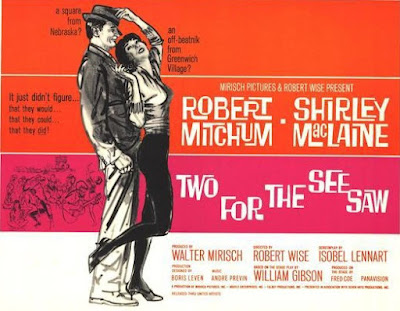Poached from Paramount in ‘32, Warner Bros. signed Kay Francis to a long-term contract at Hollywood’s top salary only to see her popularity wane, partly due to stricter enforcement of the Hollywood Production Code in mid-‘34 and partly a matter of changing tastes. Neither conducive to the sophisticated dramatic strengths bought out by ‘Our Lady of Decolletage.’ Demoted to B-pics by Warners in hopes humiliation would lead her to ‘ankle,’ she laughed them off, continued to do what the studio asked, and took the paycheck at the end of each week. Here, Jack Warner tried driving her off the lot with something far more devious for a glamour gal: giving Kay a brood of four kids (one of them fully grown!); blouses buttoned up to the neck (nor a plunging back in sight); and middle-aged character actor John Litel as beau in this remake where she’s a cash-strapped mom in a little MidWest town. An early credit for director John Farrow (Mia’s heavy drinking dad), Francis’s young widow sees three of her four kids move in with her disapproving sister-in-law, with only young son Dickie Moore sticking. (An enchanting little boy, he calls her ‘Sweetheart’ and bats the thickest eyelashes seen on screen before young Liz Taylor came along.) The story probably played better in 1930 as COURAGE (now lost), but without a Depression background it’s all a bit ridiculous, and more than a bit convenient dramatically. (Litel as bank manager has long loved her and plays deus ex machina. Problems solved.) Friend Carole Lombard gave Francis an A-list lifeline with a co-starring assignment away from Warners, but nothing seemed to take.* And Kay, only 33 here, faded out by the mid-'40s.
WATCH THIS, NOT THAT: *Here’s that Lombard film with Francis playing bad wife to Cary Grant: IN NAME ONLY/’39. https://maksquibs.blogspot.com/2016/08/in-name-only-1939.html OR: Francis with William Powell in ONE WAY PASSAGE/’32, her best at Warners. https://maksquibs.blogspot.com/2012/02/one-way-passage-1932.html































